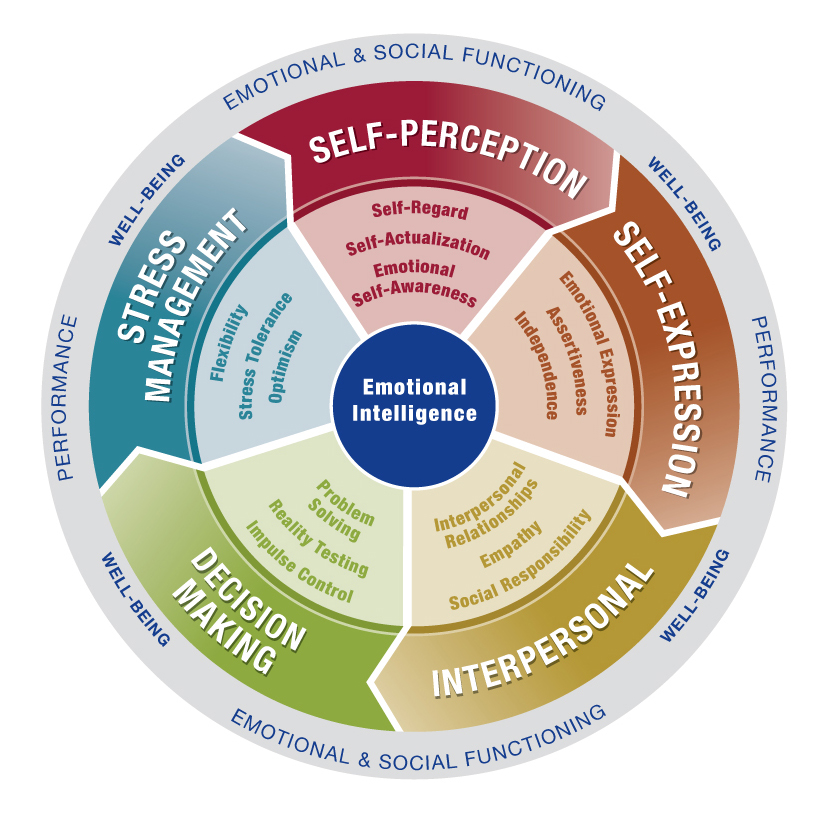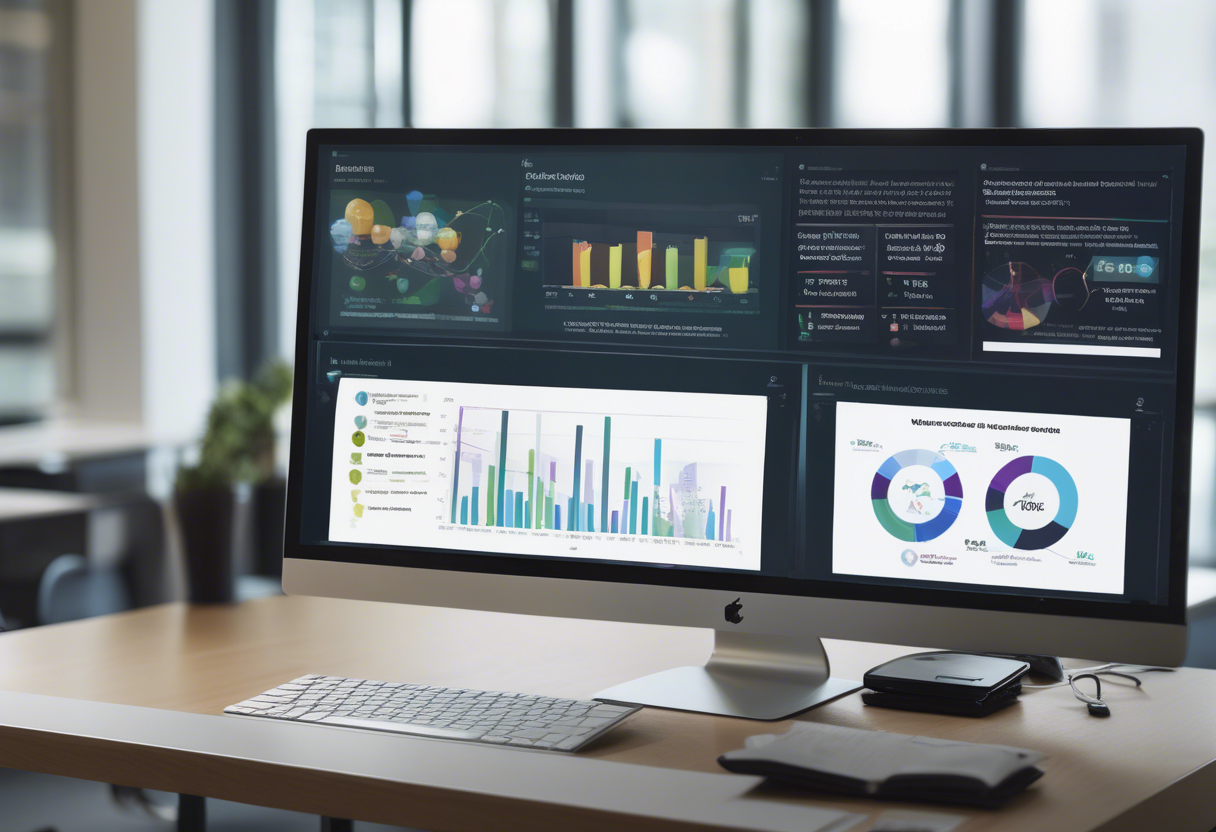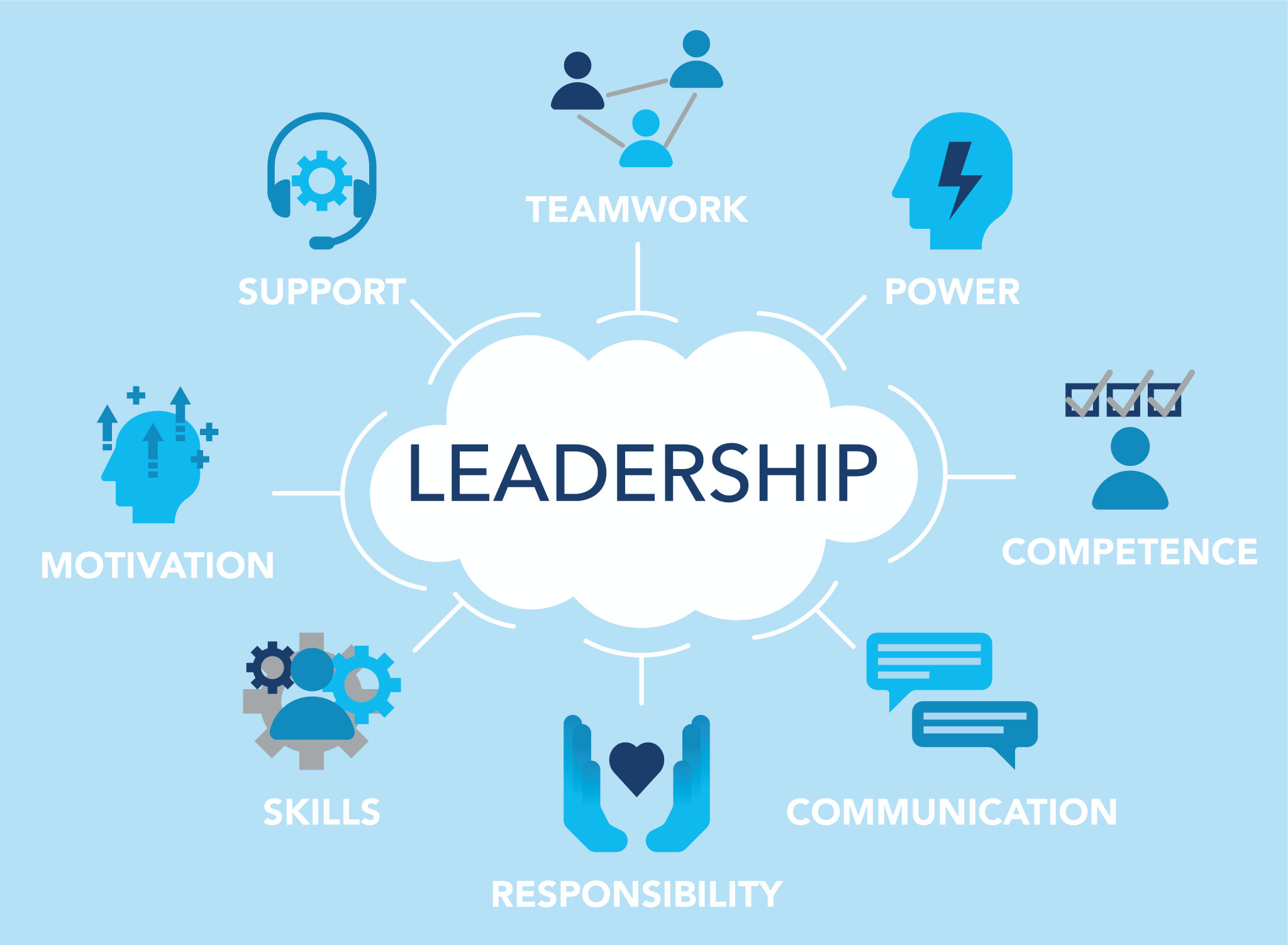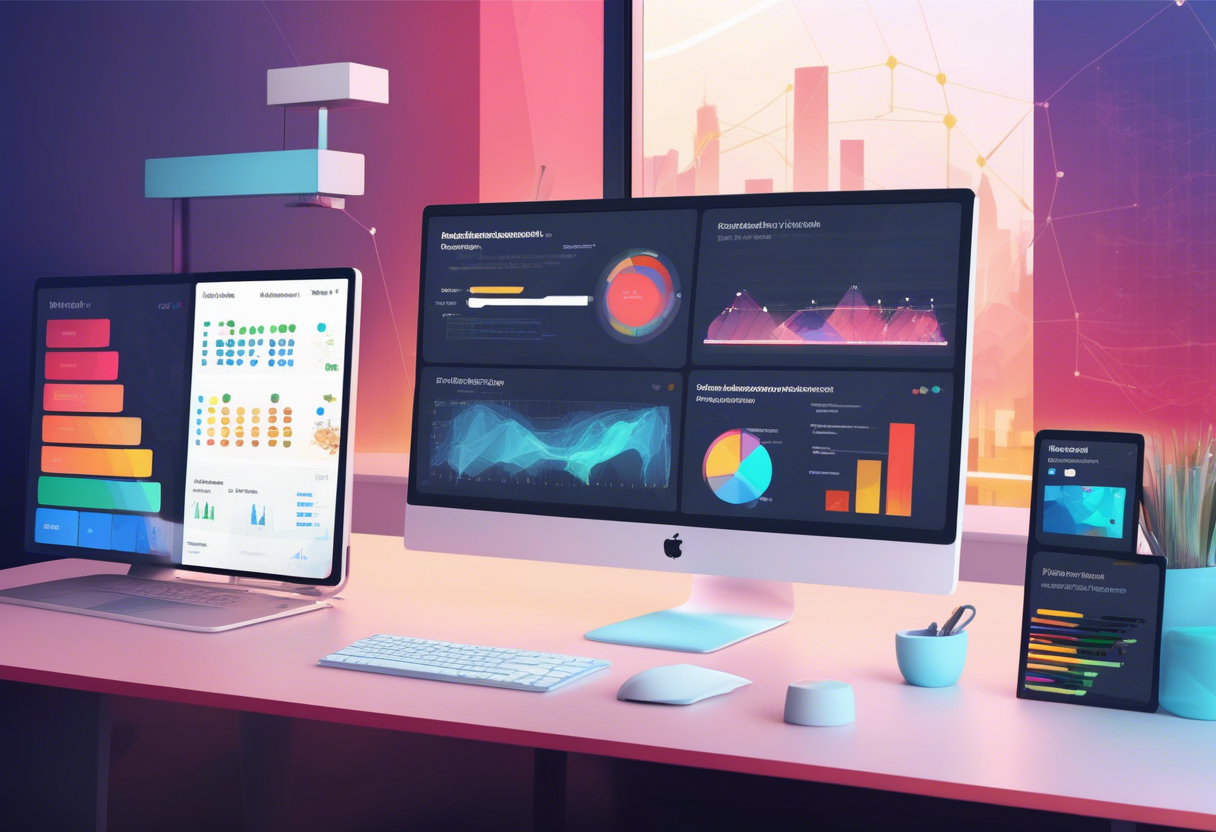
Leadership is always changing, and keeping up isn't just a nice-to-have—it's a must. As we head towards 2025, it's key to get a grip on the leadership trends that will guide coaching success. Did you know that 85% of executives think leadership development is vital for handling today's complex business world? This shows how important it is to adapt to new trends and strategies. In this article, we'll look at how leadership trends are evolving, highlight the major trends for 2025, and discuss practical ways to apply them. We'll also talk about strategic implications, share real-world case studies, and offer a helpful FAQ section. Our goal is to give you the insights you need to succeed in the years ahead. Let's explore the future of leadership together!
Summary: Dieser Artikel beschreibt die sich entwickelnden Führungstrends für 2025, ihre praktische Umsetzung und strategischen Implikationen anhand von Fallstudien und realen Szenarien. Er bietet zudem eine FAQ-Sektion für häufig gestellte Fragen zu Führungstrends.
Understanding the Evolution of Leadership Trends
The Growing Importance of Leadership Coaching in 2025
By 2025, leadership coaching is more crucial than ever because leadership roles keep changing. Today’s leaders need to be adaptable, work well with others, and be genuine to succeed in a fast-paced business world. This is why leadership coaching is so important.
Leadership coaching now focuses on:
- Ongoing learning
- Using AI in decision-making
As leaders become more tech-savvy, coaching helps them build emotional intelligence and inclusive leadership skills. This enhances human connection, which is key to creating strong, innovative teams.

Additionally, leadership coaching emphasizes:
- Empathy
- Inclusion
- Mental health
These elements help create supportive workplaces that boost employee engagement. So, leadership coaching isn’t just about personal growth; it’s a strategic must-have for organizations that want to stay competitive.
Key Drivers of Leadership Trends in 2025
A few main factors are shaping leadership trends in 2025.
Impact of Technological Advancements on Leadership
With tech, especially AI, advancing fast, leadership roles are changing. Leaders need to be quick learners and tech-savvy, using digital tools to innovate and improve processes. This means always learning and being adaptable to weave new tech into business strategies.
Navigating Hybrid Work Models
The rise of hybrid work means leaders must keep teams connected, even remotely. They need to adapt by promoting inclusive cultures and effective communication to make teamwork work in these new setups.
Emphasizing Diversity, Equity, and Inclusion
Efforts around diversity, equity, and inclusion (DEI) are becoming a bigger part of leadership due to legal and political pushes. Leaders are moving away from top-down decision-making to more collaborative ways that focus on teamwork and shared responsibility.
Adapting to Changing Workforce Expectations
Modern leadership is about managing hybrid workspaces and ensuring psychological safety and well-being. Leaders must focus on employee engagement since engaged teams are more productive and profitable. This means creating a flexible, purposeful work environment with growth opportunities.

Prioritizing Sustainability in Leadership
Organizations are weaving sustainability and ESG principles into leadership strategies. Leaders are expected to lead sustainability efforts, reflecting a shift towards valuing long-term ecological health over short-term gains.
These factors show the complex landscape leaders must navigate. By understanding and adapting to these trends, leaders can set themselves and their organizations up for success in a changing world.
Key Leadership Trends for 2025
Personalized, Data-Driven Coaching for Leadership Success
By 2025, leadership development is all about personalization and focusing on what employees need. It's not just about the company anymore; it's about aligning with both personal and organizational goals. This means using learning experience platforms (LXPs) to offer training that truly resonates with employees' interests and growth needs. By linking human resources data with learning systems, companies can tailor training and monitor individual progress.

Imagine a company using an LXP connected to HR data to craft leadership training for emerging leaders, based on their skills gaps and career goals. This approach ensures leadership development remains relevant and impactful, fostering a more skilled and engaged workforce.
Emotional Intelligence and Wellbeing in Leadership
In 2025, emotional intelligence (EI) is a must-have for leaders. It aids in managing relationships, making informed decisions, and motivating teams. Leadership programs now emphasize building emotional intelligence, coping skills, and executive presence through coaching and group sessions.
Leaders need to create supportive work environments where mental health and wellbeing are priorities, as these factors greatly influence productivity and engagement. This focus on empathy, ethics, and open-mindedness is crucial, especially in hybrid or remote work settings where face-to-face interactions are rare. For example, a leadership program might combine emotional intelligence assessments with coaching to enhance leaders' empathy and resilience, preparing them to better support their teams in a changing work environment.
Integrating Coaching into Leadership Culture
Connected leadership, which emphasizes human connection, is key to building strong and innovative teams in 2025. Collaborative leadership—focusing on co-creation, shared responsibility, and inclusive decision-making—is replacing old top-down models. By integrating coaching into the organizational fabric, leaders can support employee growth, engagement, and shared success.
This might involve setting up peer coaching circles and decision-making groups to boost collaboration and leadership ties. Companies like Google and Microsoft are leading the way by embedding coaching into their culture, promoting feedback and continuous improvement. Training managers to think like coaches, transitioning from a directive approach to one that encourages exploration and problem-solving, is essential for this cultural shift.
Embracing Technology and AI for Leadership Coaching
Leaders in 2025 need to be lifelong learners and integrate AI into their strategies to keep pace with rapid technological changes. Tech innovation and AI are crucial for leadership success, so leaders must be tech-savvy and eager to develop new skills.
Even with AI's rise, leaders emphasize ethical, inclusive leadership while using tech to enhance coaching and development. AI-driven platforms are transforming coaching by providing real-time insights and personalized advice, making coaching more accessible and effective.
For instance, a leadership team might use AI analytics to customize coaching and anticipate future leadership needs, ensuring they're ready for what's next. Additionally, virtual reality and AI chatbots are utilized to offer immersive training and on-demand support, equipping leaders with the tools needed to thrive in a complex world.
In summary, the major leadership trends for 2025 focus on combining personalized, data-driven coaching with emotional intelligence and wellbeing. By embedding coaching into the culture through connected and collaborative leadership, and leveraging tech and AI, organizations can enhance leadership adaptability and innovation.
Research supports this: Gallup's 2023 report shows that engaged teams see 23% higher profitability and 18% more productivity, underscoring the importance of employee engagement. Furthermore, Gartner predicts that by 2025, 70% of organizations will use structured automation to boost flexibility and efficiency, up from 20% in 2021. These insights highlight the necessity to adapt leadership strategies to meet the evolving demands of today's workforce, helping organizations remain competitive and successful.
For more on these trends, check out Training Magazine and Horton International.
Practical Implementation and Strategic Implications
Leadership Trends for Navigating Disruptions and Innovation
As we approach 2025, successful leadership increasingly hinges on adaptability, continuous learning, and the strategic use of AI to navigate rapid technological advancements. Leaders must be prepared to develop skills that drive technological innovation, particularly as AI becomes integral in competitive markets.
The business landscape is accelerating—183% faster since 2019—requiring leaders to manage complexities such as hybrid work environments and AI transformations. They must also contend with challenges like overwhelm and self-doubt. Leadership programs now emphasize emotional intelligence, resilience, and executive presence to equip leaders for unpredictable scenarios.
For instance, a company that integrates emotional intelligence and AI competencies into its leadership training empowers its leaders to adapt to sudden market shifts and technological progress, fostering resilience and innovation.

Leadership Trends in Cross-Cultural and Emerging Markets
With the evolution of globalization, inclusive leadership and empathy are essential for managing diverse, remote, and hybrid teams across various cultures and regions. This approach promotes psychological safety and equal opportunities for all. Diversity, equity, and inclusion (DEI) initiatives are being reframed as 'inclusive leadership' or 'good leadership' to align with political and legal expectations, particularly in the U.S.
Building human connections and forming robust, innovative teams through authentic, empathetic leadership is crucial for success in diverse and emerging markets. Collaborative leadership that encourages co-creation and shared responsibility at all levels is vital for engaging diverse teams and driving global innovation.
For example, a multinational company that emphasizes inclusive leadership and teamwork can forge strong cross-cultural relationships, enabling teams in emerging markets to innovate and effectively address local challenges.

Research from McKinsey & Company indicates that companies in the top quartile for ethnic and cultural diversity within executive teams are 36% more likely to achieve higher profitability. This highlights the financial benefits of embracing diversity and inclusive leadership. As organizations strive for success in diverse markets, integrating these practices into their strategies is imperative.
Explore leadership trends for 2025.
Case Studies and Real-World Scenarios
Leadership Trends: Scenario-Based Framework for Effective Coaching
Using real-world scenarios in leadership coaching enhances the learning experience by providing context, making it more relatable to everyday challenges. This approach boosts leaders' problem-solving skills.
Leadership Trends: Navigating Organizational Change
Navigating organizational change is a critical scenario for leaders. They are often responsible for guiding their teams through transitions such as mergers or restructuring. This scenario allows them to practice:
- Communication: Effectively conveying changes and updates.
- Empathy: Understanding and addressing team concerns.
- Decision-Making Under Stress: Making informed decisions in high-pressure situations.

Simulation tools can create virtual environments where leaders can experiment with different strategies and receive feedback. For example, Satya Nadella's leadership at Microsoft exemplifies how a growth mindset can successfully navigate technological changes.
Leadership Trends: Conflict Resolution Strategies
Conflict resolution is another essential scenario for leadership development. Leaders frequently encounter interpersonal conflicts within their teams. By simulating these situations, leaders can:
- Mediate Disputes: Facilitate resolutions between conflicting parties.
- Encourage Collaboration: Foster a cooperative team environment.
- Maintain Team Morale: Ensure team spirit remains high.

Role-playing exercises are particularly effective for practicing active listening and negotiation skills. Mary Barra of General Motors demonstrates how inclusive leadership can drive innovation and sustainability through strategic thinking and teamwork.
Leadership Trends: Driving Innovation and Creativity
Driving innovation is crucial for leaders aiming to cultivate an innovative culture within their organizations. Scenarios focusing on creativity and risk-taking are instrumental in this regard. Leaders can benefit from:
- Workshops: Engaging in brainstorming sessions and innovation challenges.
- Risk-Taking: Encouraging bold decision-making and experimentation.
Elon Musk's leadership is a prime example of how bold innovation and risk-taking can push the boundaries of technology.
FAQ Section
How will AI integration impact leadership coaching trends in 2025?
By 2025, AI will be a pivotal component of leadership coaching. Leaders must continually learn and develop skills to stay ahead. Embracing technology and integrating AI into strategic planning will be essential for organizational success. Many employees are already acquainted with AI tools, presenting an opportunity for leaders to provide training and support. Leadership coaching will focus on helping leaders become adaptable and future-ready by embedding AI into their decision-making processes.

For instance, a coach might use AI-driven analytics to design personalized development plans. This approach can help leaders identify skill gaps in AI and technology, guiding them to become more agile learners and inclusive thinkers.
The significance of emotional intelligence in 2025 leadership coaching trends
Emotional intelligence (EI) will be a cornerstone of leadership coaching by 2025. Leaders will be tasked with managing remote and hybrid teams while fostering supportive environments. By leveraging empathy, ethical awareness, and open-mindedness, leaders can build robust, innovative teams capable of navigating change and AI adoption effectively. They will need to prioritize mental health and well-being, using high EI skills to build trust, communicate effectively, and cultivate an inclusive culture.

Coaching programs will increasingly focus on enhancing leaders' emotional intelligence, enabling them to listen more attentively, communicate more effectively, and ensure psychological safety in diverse and hybrid teams.
Measuring ROI of leadership coaching: Key trends for 2025
To effectively measure the ROI of leadership coaching, organizations should evaluate improvements in leadership behaviors that align with their goals, such as adaptability, collaboration, and innovation. Assessing employee engagement, team resilience, and productivity before and after coaching provides a clear picture of its impact. Surveys and feedback tools can reveal changes in leadership effectiveness, emotional intelligence, and inclusion practices. Additionally, tracking AI adoption and leaders' use of AI tools in decision-making can underscore coaching success in 2025.
An organization might employ a balanced scorecard approach, combining leadership assessments, employee engagement surveys, and AI usage metrics to gauge the impact and ROI of their coaching programs.
In summary, leadership coaching in 2025 will be shaped by AI and emotional intelligence. Leaders will need to be adaptable, tech-savvy, and emotionally intelligent to navigate a rapidly changing business landscape. Organizations can measure coaching ROI by aligning goals with key performance indicators, utilizing data analytics, and gathering feedback. This ensures that leadership coaching results in tangible, measurable success.
For more on leadership trends, check out Korn Ferry, McKinsey, and ProAction International.